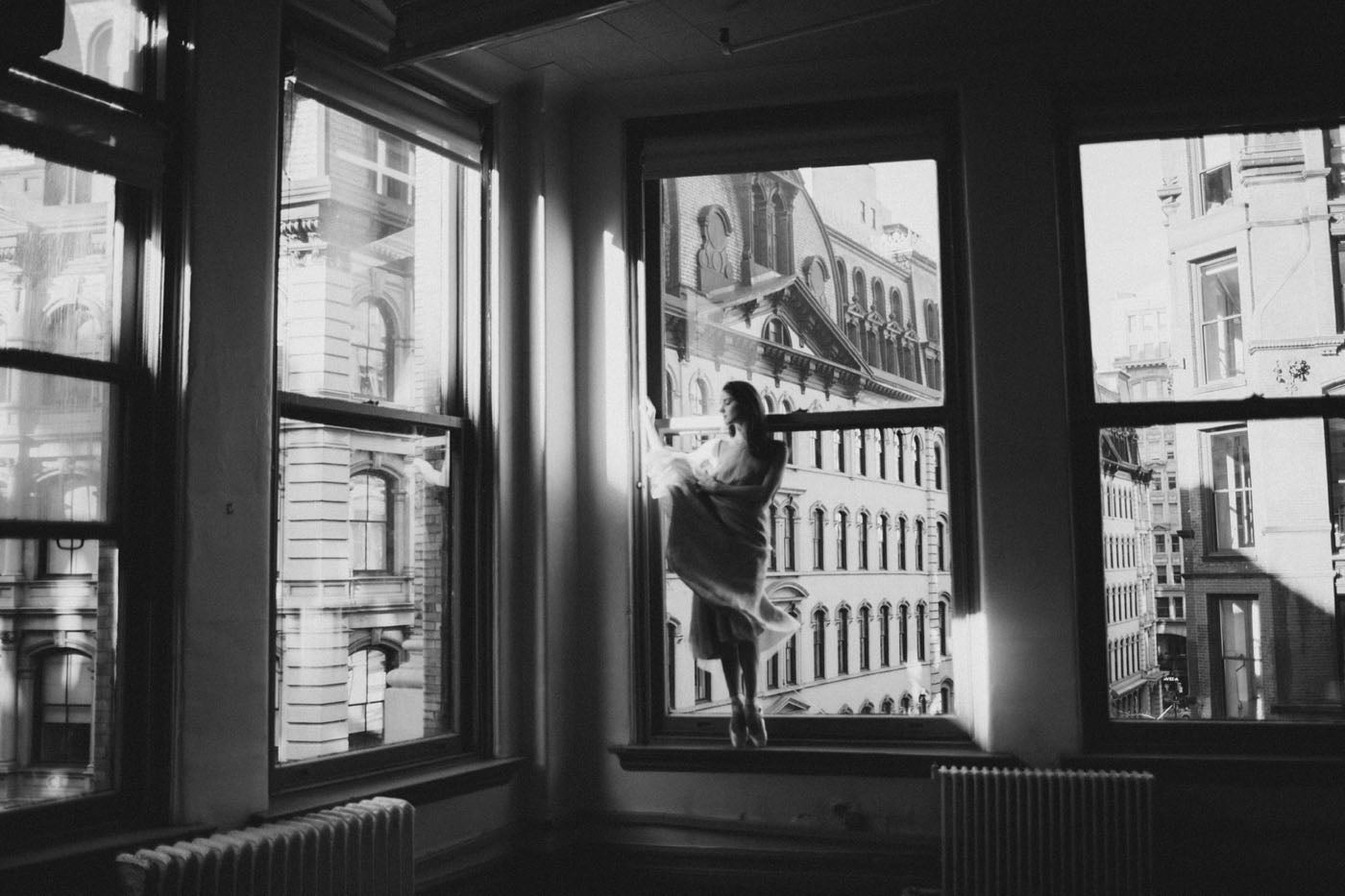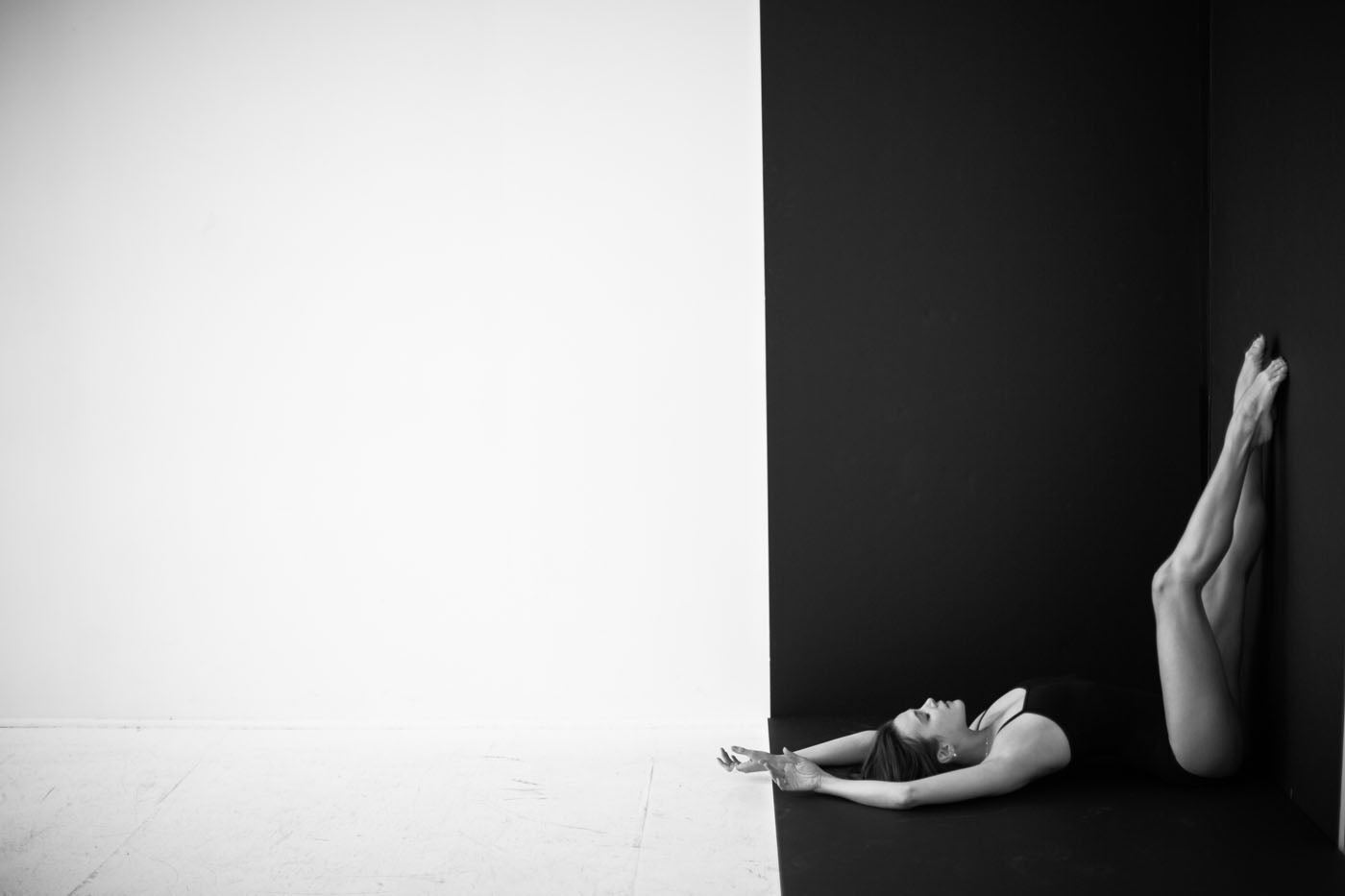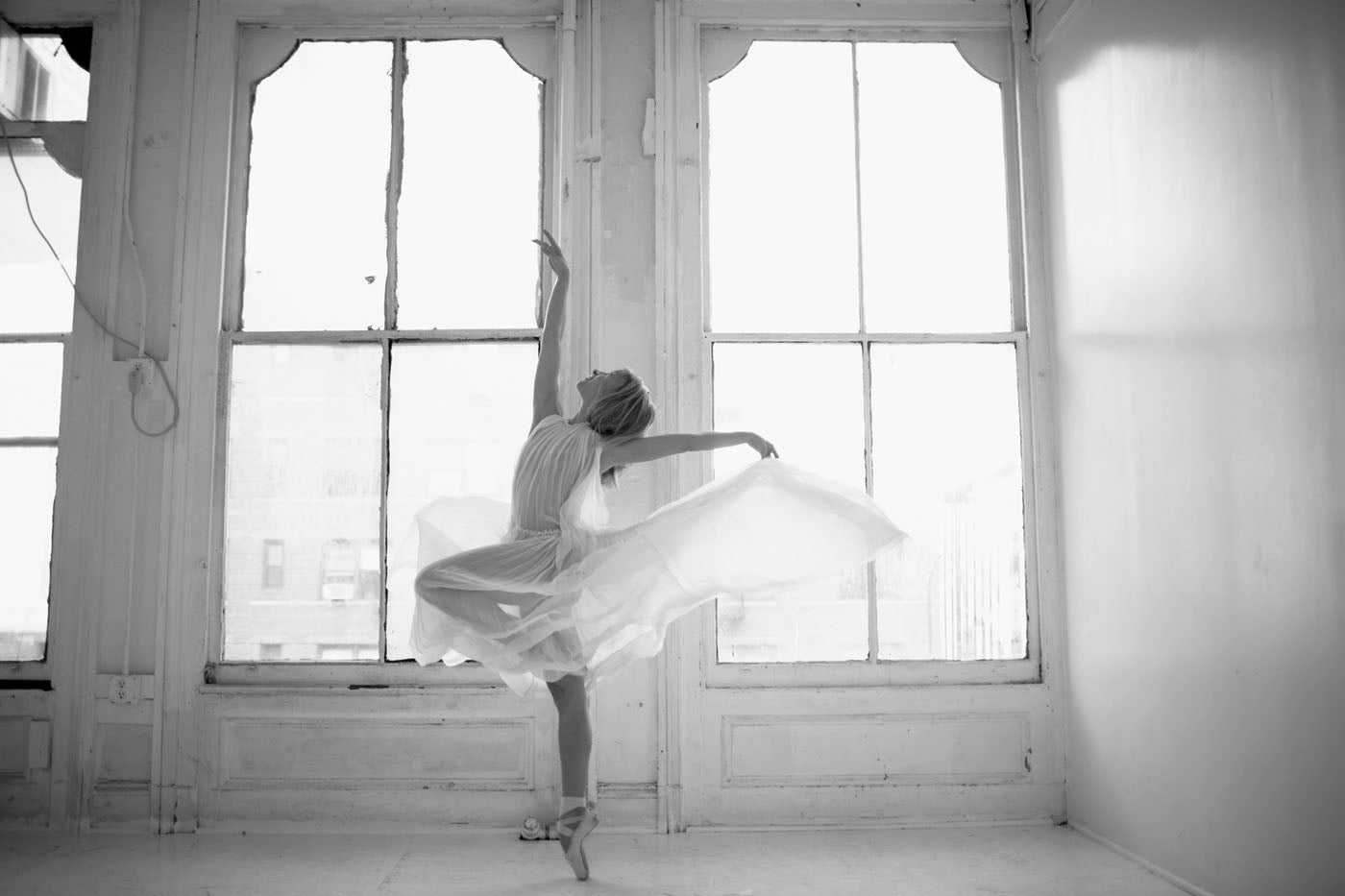Irreverence, in Coats
Where there is futility and restlessness, there can also be hope, depth, love, honor, and plenty of humor—this emerged as a thesis of “Loose Gravel,” a collection of more than thirty vignettes of dance, movement, theatre, and absurdity. It was the ambitious first performance of Frank Wo/Men Collective, a new group of Austin- and New York City–based artists, most of them alumni and students of the Department of Theatre and Dance at the University of Texas at Austin. Contemplative, skilled, inventive, and often hilarious, the two-hour performance, collaboratively developed by the seven-member collective, was a heartening beginning to 2017.
Continua a leggere












